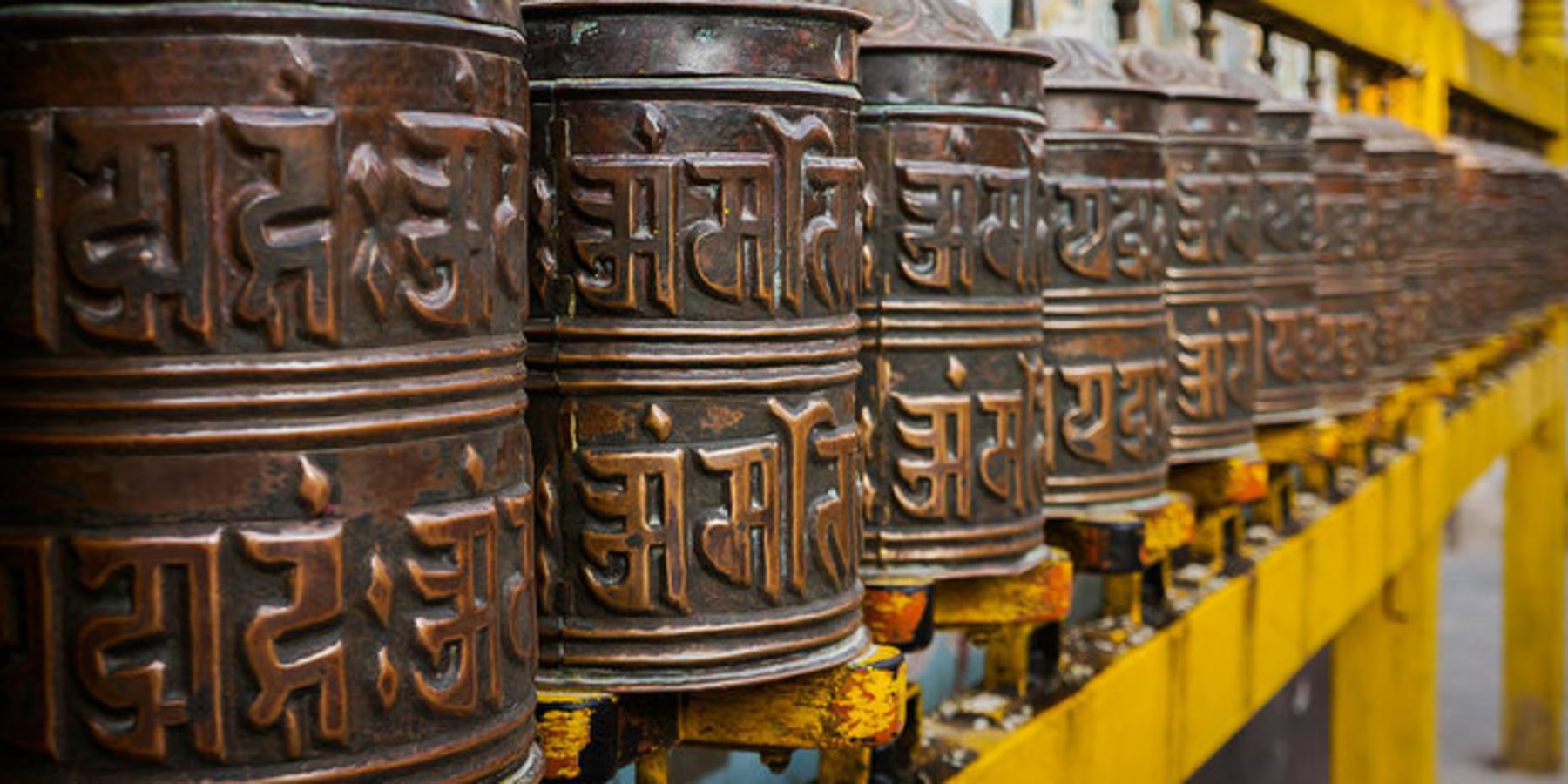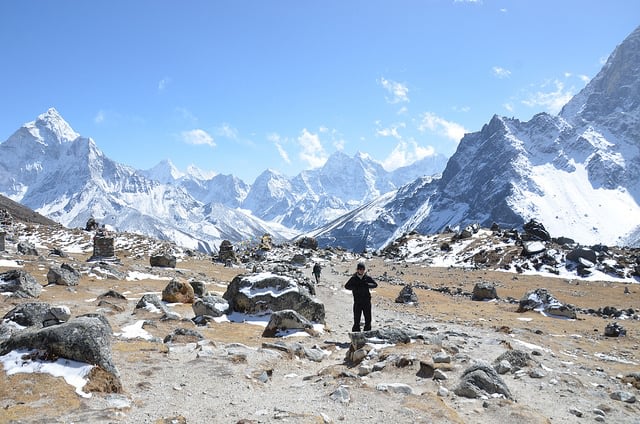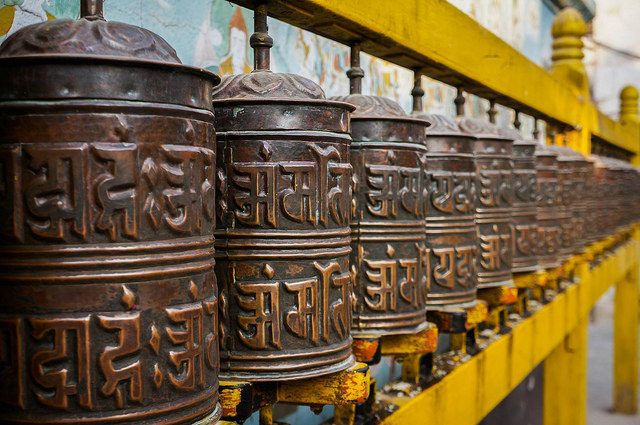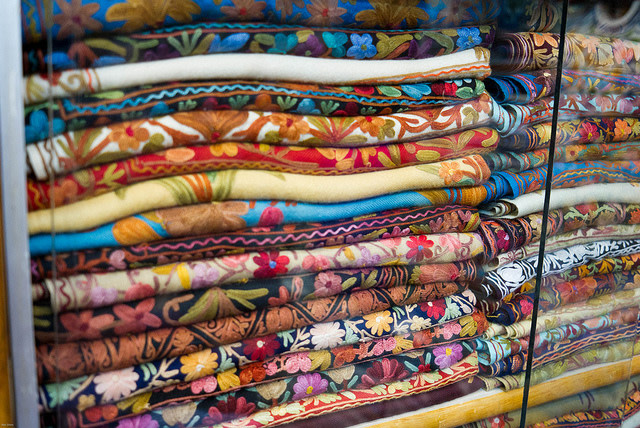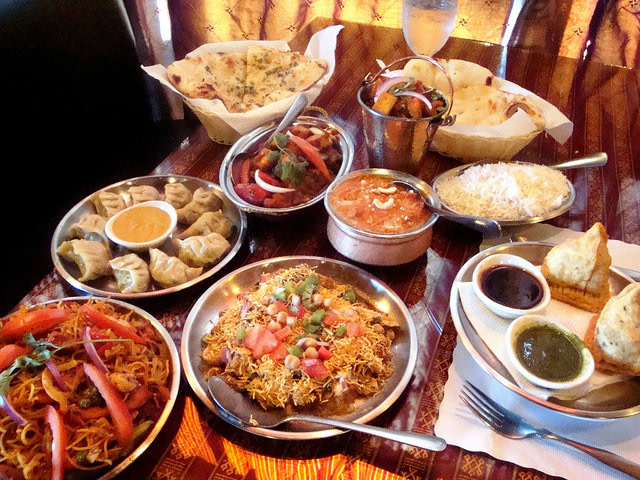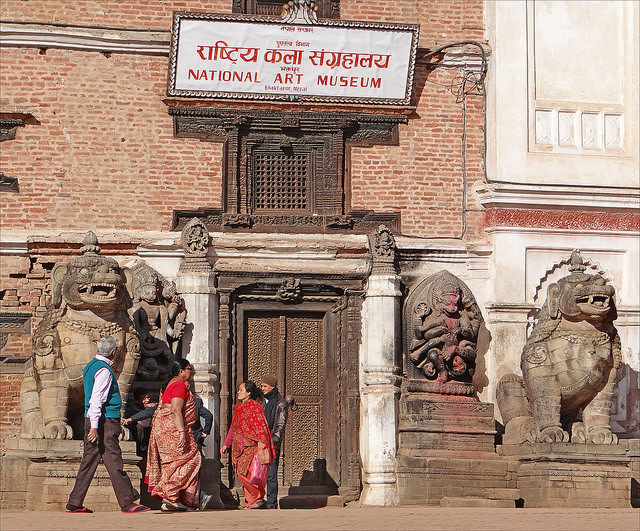| 4 mins read
Spiritually motivated tourists have been making the pilgrimage to Kathmandu, Nepal in search of nirvana ever since the sixties, and the capital city has been a strong blip on the touristic radar ever since. As if the offer of personal enlightenment wasn’t enough, Kathmandu is host to an impressive seven UNESCO world heritage sites and a gateway to eight of the world’s top ten peaks.
Mountaineering
For mountain climbers, a visit to Kathmandu is surely at the top of their travel bucket list. Squeezed between Tibet and India, Kathmandu is the gateway to the Himalaya region. From this starting point, visitors can don their hiking boots and protective clothing and with their humble home on their backs make their way up any one of the regions stunning peaks including Annapurna and iconic Mount Everest. The bowl-shaped Kathmandu valley itself is surrounded by four major mountains; Shivapuri; Phulchoki; Nagarjun, and Chandragiri.
Praying
If your ascent upwards is a more of a spiritual than a physical one, you may make your way to Kathmandu to take in its huge range of temples, stupas, shrines and squares, built in sacred worship of both Hindu and Buddhist religions. Kathmandu’s Seven UNESCO world heritage sites are made up of the Buddhist stupas and Hindu temples
As your Nepal tour guide will tell you, the rich variety of temples reflects the Nepalese attitude to spirituality, where even the greeting of ‘namaste’ means literally, ‘I salute the god in you’.
Textiles
The Nepalese are traditionally skilled craftspeople. Handmade wool, cashmere and pashmina textiles can be found for sale all over the region, particularly in the popular tourist district of Thamel. Far from just scarfs and sarongs, handmade coats, hats and even imported sporting gear is available. AS is the case at many Asian street vendors, the Nepalese expect to barter so don’t be afraid to negotiate firmly but, of course, politely.
Food
The cuisine of Nepal is typically simple but very tasty. Dal Bhat, a wholesome rice and lentil soup, is eaten by most locals while tourists go crazy for Momo, a Nepalese version of dumpling, similar to those found in Tibet. These moreish little dumplings filled with meat or vegetable and often fried or steamed and sold by street vendors are one of Kathmandu’s most popular street foods. Thanks to recent waves of tourists, Kathmandu is now home to many restaurants serving a fusion of cuisine influenced by the influx of people from neighbouring countries. It is not unusual in Nepal to find restaurants serving Indian or Chinese cuisine and your Nepal tour guide will help you to find the top spots for these no matter what your budget is.
Museums
Areas with an incredibly rich history, religious heritage and thriving culture generally want to preserve as much of it as they possibly can. Kathmandu is no exception and is home to an inspiring array of museums and art galleries. Home to both the National Museum of Nepal and the Natural History Museum of Nepal, Kathmandu is an important hub of historical interpretation and reflection. The seven UNESCO world-heritage sites act as monuments not only to religion, but also Kathmandu’s distinctive art and architecture, deeply inspired as it is by the two ancient religions of Buddhism and Hinduism.
Image Details and Licenses:https://flic.kr/p/n4mfRw (wildbindi, CC BY-ND 2.0), https://flic.kr/p/j3SwpB (Brandon, CC BY 2.0), https://flic.kr/p/9PFoF7 (weiinqueensland, CC BY-NC-ND 2.0), https://flic.kr/p/d4MBbw (jazione, CC BY 2.0), https://flic.kr/p/e3vQX9 (Jean-Pierre Dalbéra, CC BY 2.0)

